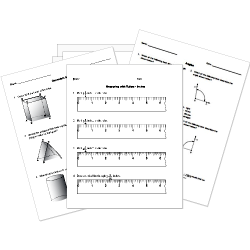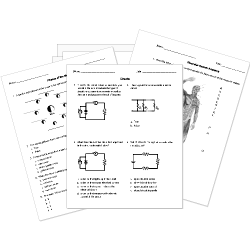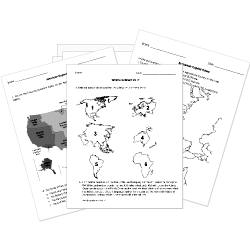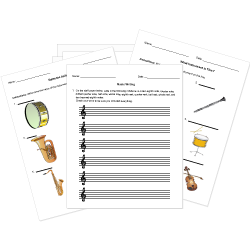Isotopes
Isotopes
This lesson aligns with Next Generation Science Standards (NGSS) PS1.C
Introduction
An atom is considered the basic building block of matter that possesses all the chemical properties of an element. Each atom has a positively charged nucleus at the center that contains two types of subatomic particles firmly packed together. These particles are known as protons which have a positive charge and neutral neutrons. The nucleus is surrounded by electrons that are continuously revolving in the fixed orbits around it. The atoms of each element have the same numbers of protons and electrons but, typically, not neutrons, whose numbers can vary. Isotopes are two or more types of atoms with the same number of protons but different numbers of neutrons in their nucleus. In this article, we will talk about isotopes, how they occur, stable isotopes, unstable isotopes, etc.
Isotopes
Isotopes can be defined as variants of chemical elements that have the same atomic numbers, but they differ in mass numbers due to different numbers of neutrons in their nuclei. The term isotope originated from the Greek word “isos” meaning “the same place.” The reason behind “the same place” is that the different isotopes of a single atom occupy the same position in the periodic table. All isotopes of a given chemical element share almost the same chemical properties but different physical properties. For example, there are three naturally occurring isotopes of carbon which are carbon-12, carbon-13, and carbon-14. Carbon-12 contains 6 neutrons, carbon-13 contains 7 neutrons, and carbon-14 contains 8 neutrons in its nucleus. Another common example includes the isotopes of hydrogen. Hydrogen is the only element whose isotopes are known by unique names that are represented by the figure below:

Notation
Isotopes are written in two different ways.
- By writing the name of a chemical element, a hyphen, and the mass number of the isotope. For example, O-16 and O-17 are two different isotopes of oxygen.
- According to standard notation, write the symbol of an atom as a prefix, the atomic number in the subscript, and the mass number in the superscript. For example, oxygen-16 can be represented as 816O, oxygen-17 can be represented as 817O.
Isotopic abundance
It is generally referred to as the percentage in which the isotopes of a chemical element can be found in nature. It is also known as relative abundance. These ratios play an important role in calculating the atomic mass of an element.
How do you calculate the number of neutrons in an isotope?
The total number of neutrons can be determined by subtracting the atomic number of the element from the mass number of the isotope. For example, the oxygen-16 isotope of oxygen has a mass number of 16. The atomic number of oxygen is 8. Thus, the total number of neutrons in the oxygen-16 isotope is equal to 8.
Types of Isotopes
This includes two major types of isotopes, which are stable and unstable. This distinction is specifically dependent on the stability or instability of the nuclei of these isotopes.
Stable isotopes
Stable isotopes are known to have stable nuclei that do not decay. In other words, stable isotopes have extremely long half-lives. The half-life is around in the order of hundreds of millions of years. They are typically non-radioactive forms of atoms. Although stable isotopes do not emit radiation, their unique properties enable them to be used in a wide range of applications such as environmental studies, water, and soil management, etc. Common examples of stable isotopes include carbon-12, carbon-13, oxygen-16, oxygen-17, and oxygen-18.
Monoisotopic element
If an element has only one stable isotope, that element is known as a monoisotopic element. Iodine is an example of a monoisotopic element.
Unstable Isotopes
Some isotopes have unstable nuclei. These isotopes are radioactive. Therefore, they are known as radioactive isotopes. For example, uranium-235, uranium-238, chlorine-36, tritium and carbon-14 are radioactive isotopes.
Summary
- Isotopes are two or more types of atoms that have the same number of protons and electrons but different numbers of neutrons in their nuclei; e.g., oxygen-16, oxygen-17, and oxygen-18 are isotopes of oxygen.
- All isotopes of an element retain the same chemical properties but differ in physical properties due to different mass numbers.
- Isotopes can be represented in two different ways. For example, the isotopes of uranium can be written as either uranium-235 and uranium-238 or 92235U and 92238U.
- Some isotopes have stable nuclei. They are non-radioactive isotopes.
Related Worksheets:













